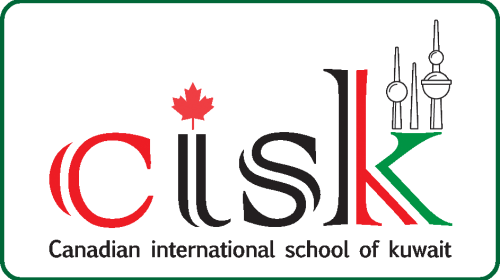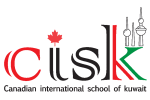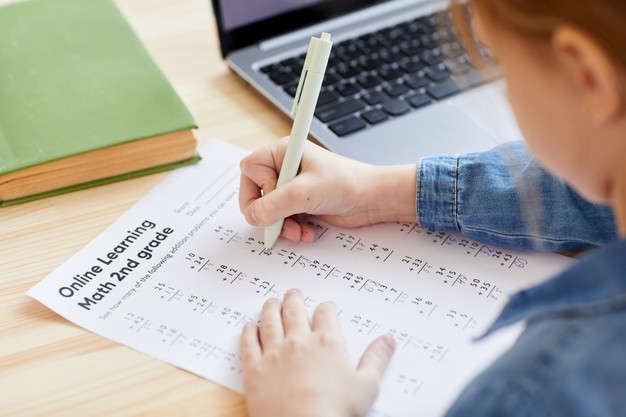Description
This course builds on the Grade 1 curriculum to further develop students’ understanding of fundamental mathematical concepts by exploring topics related to number, coding, algebra, data, spatial sense, social emotional learning skills in mathematics, and financial literacy.
Throughout the course, students will be encouraged to build their social-emotional learning skills specifically focusing on critical thinking skills, including creative and flexible ways of solving various problems.
Regarding numbers, students show, count, order, compare, and read numbers up to 200. They continue to develop skills in solving problems involving addition and subtraction. Students work with fractions and are exposed to the concept of sharing things equally.
In algebra, learn about geometric patterns and how to extend them. They also learn about equality and how to make pairs of equations equal by adjusting their numbers. Students will develop code that moves objects from one location to another on a grid.
In data, students collect, organize, display, and interpret data. They will learn about the probability of events occurring and explore probability through experiments.
In spatial sense, students continue to develop an ability to identify and sort shapes. They describe and represent the relative locations of objects and represent objects on a map. In measurement, students estimate and measure length, height, distance, and time.
In financial literacy, students build on their understanding of Canadian coins and bills. They learn how to represent money amounts in different ways and compare different amounts of money.
By investigating real-life problems, students develop a strong foundation of mathematical knowledge and skills. Students apply mathematical processes and build transferrable critical thinking skills in varied teaching and consolidation activities that appeal to diverse learning styles. Students participate in engaging storylines along with characters who connect their learning to real-world contexts. Such meaningful experiences build confidence by instilling a positive attitude in students towards mathematics. Various opportunities consolidate student learning through technology and offline activities, including tactile manipulatives, to reinforce essential mathematical strategies and tools. The course has a strong focus on reinforcing number sense, numeracy skills, and frequent practice activities. This course prepares students for grade 3 mathematics






Reviews
There are no reviews yet.